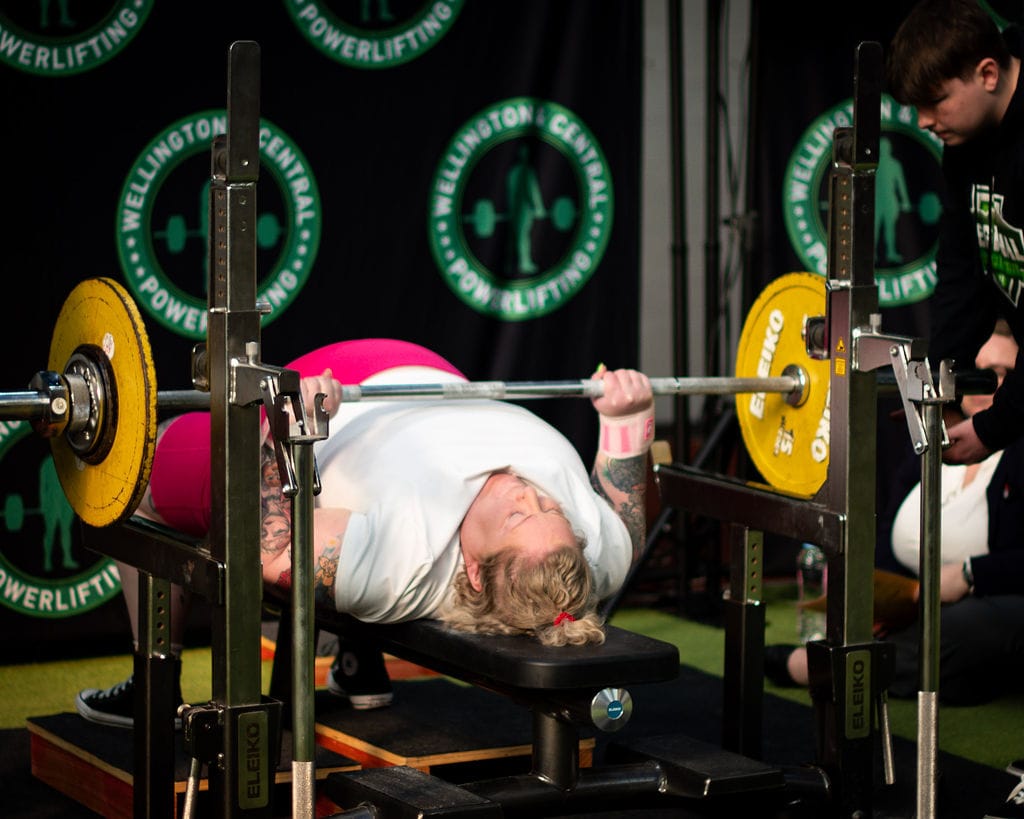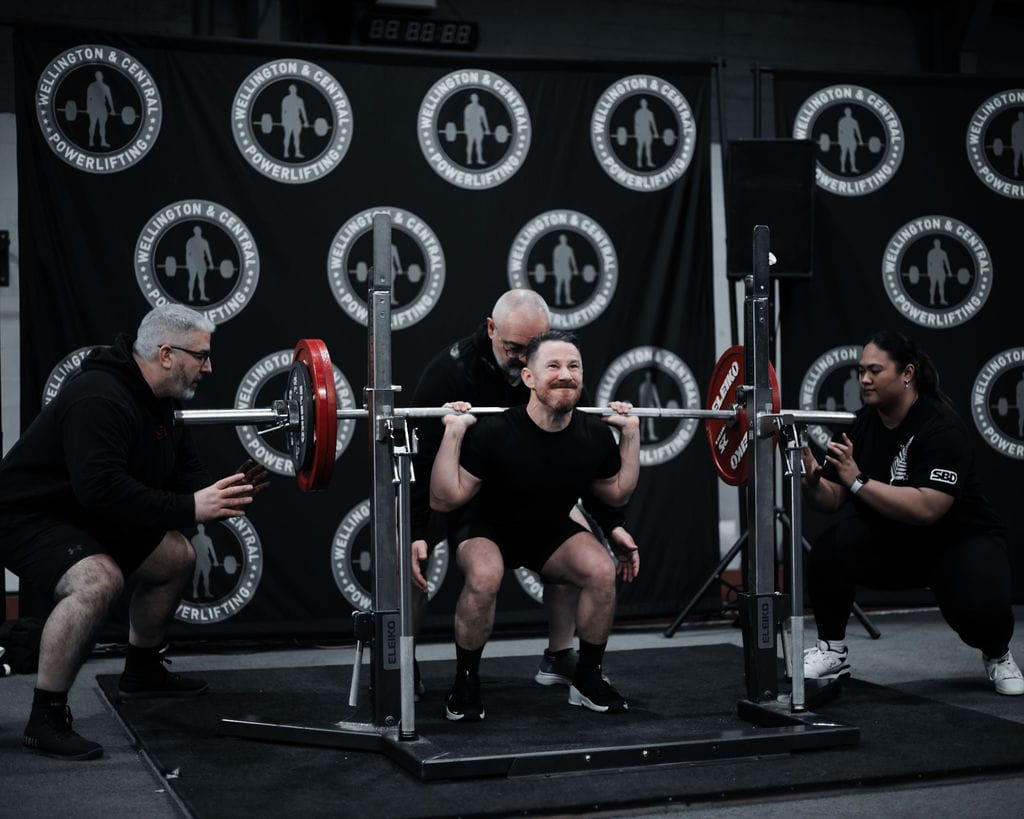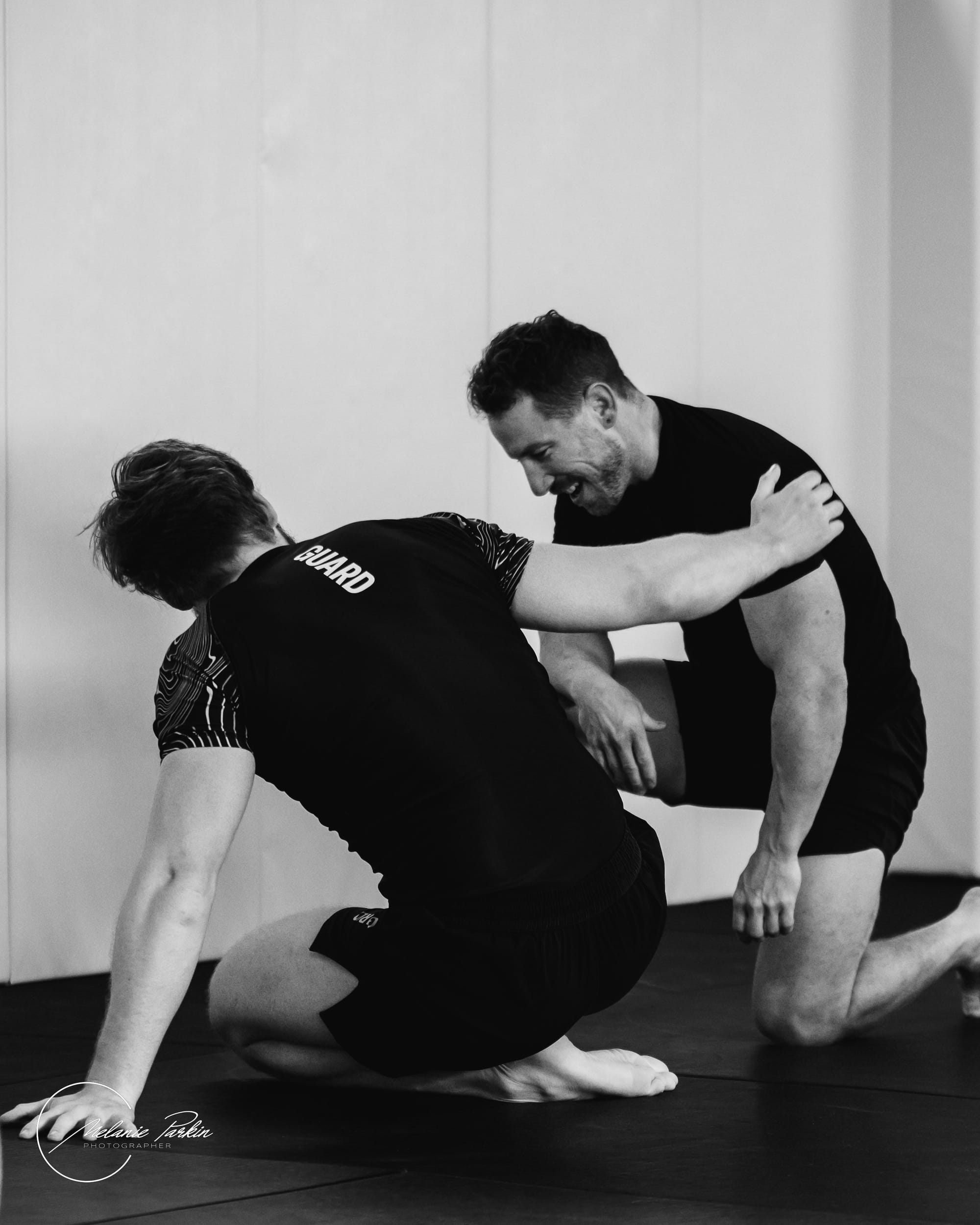Chasing Failure (and Other Things That Burn)
One of my favourite hobbies involves fire, heat—and a decent risk of severe burns.
About four times a year, I travel to play with what I call “the spicy honey”: molten glass. The goal is to make pretty, functional glasses, bowls, or vases. I am objectively bad at it, and that only makes me love it more. I love it because it combines creativity, physical capability, and fire.
Lately, I’ve been pushing my skills past their limits. I’m still very much a beginner, but I want to blow the biggest bowl I can. The problem is that glass is... well, liquid, and handling it takes finesse, practice, and experience. So I’ve failed more than I’ve succeeded.
And that’s great. As I’ve said to the lovely tutors: “I learn more from failing than I do from making yet another slightly lumpy, crooked glass. And I really don’t need any more of my own bad craft cluttering up the house.”
That’s a lesson I’ve already learned in the hot shop—so why does it take so long to sink in at the squat rack? I’ve even written about it before: “What if I understood that failure isn't something to be avoided, but that failure is where the muscles grow and get stronger and bigger. That failure is necessary for growth, and indeed strength.”
The week before The Competition, I joked that I finally understood why sports psychologists exist. I was in my head about everything: worried about squat depth, terrified I’d simultaneously fall over, drop the bar on my foot, and pee myself on the platform (which, to be fair, is not uncommon).
It wasn’t until afterward that I realised what I was really afraid of: failing.
It felt like there were so many eyes on me—people from the gym, readers of this newsletter, Instagram followers. Even my parents were watching the livestream, and they haven’t seen me compete in anything in 30 years. It all felt like a lot of pressure for something I usually do solo, in a gym, with Dua Lipa cranked up loud enough to drown out everything else.
Looking back at the official photos, Carl and I spent most of the day grinning and laughing—punctuated by the occasional game face when we were actually lifting. Somewhere in the lead-up, I’d forgotten that lifting is supposed to be fun. That chasing failure is part of the work. That failure is where growth happens. Where power comes from. Where strength is built.

I’d be lying if I said I didn’t secretly hope to show up and shock everyone - including myself. Maybe I was a hidden prodigy, waiting to be discovered.
Turns out, I am not. And that’s OK.
I failed five out of my nine lifts - including all three bench presses. I’m annoyed about some of them—but I learned far more than I would have if I’d cruised through.
In the hot shop, once you’ve made a piece, it goes into the annealer overnight to cool at a controlled pace. That helps relieve stresses in the glass so it doesn't crack or explode.
So if the failed lifts were the bad news, the good news is: the competition didn’t make me crack. I was the most stressed I’ve been in a long time. But I still got up there. I didn’t vomit on the platform. I gave that bench press everything I had. I tried to push myself to the limit.
And I remembered: lifting to failure isn’t just about your muscles.
But, Carl—it is also about your muscles. So talk to me about why we train to failure, or close to it?
I really wish I’d failed more, because it means I’m testing the boundaries of my abilities.
Firstly, I’d love to weigh in on the relationship with failure. I take workshops often on the subject of resilience and grit. One of the first questions I ask people is:
“When in your life have you grown the most?”
It's almost always in times of adversity, when we have been stressed in some way or when we have failed at something. Failure is something I value now, and something I actually regret about my youth: I really wish I’d failed more, because it means I’m testing the boundaries of my abilities.
This is something I celebrate with my own children, and almost daily I'll ask them “what have you failed at today?” and slowly, over time, I have seen their relationship with failure change.
A while ago, I interviewed ex US marine, Akshay Nanavati, who suffered from PTSD and survivor's guilt - interview here. He has published a book called ‘Fearvana’ which is all about finding nirvana in fear. Basically, the message is: Seek adversity, ideally that fits in line with a ‘worthy purpose’. If you don't know what your worthy purpose may be, he suggests that you do something really challenging in the physical arena to start, as that will explore avenues of adversity and help shape a sense of purpose for you (at the time he was attempting to run from border to border of every country in the world!).

So, segue time….let’s talk about failure in the physical world.
In the training world this topic receives a lot of attention. Coaches will often reference “giving 100% to each set” or “effective reps”. Do you really need to train until failure?
According to the research, it depends…
It depends on what training context (strength, power, hypertrophy or speed) and it depends on how you define failure.
What is agreed upon, though, is that effort is crucial to facilitate adaptation and gaiiiinz!

Failure is generally defined as the point at which one cannot complete a full range of motion repetition. In the literature, we often see the term “volitional failure,” which refers to the moment when an individual believes they have no more repetitions left in the tank but doesn’t attempt another rep and fails to complete it. In some research, the term "failure" isn’t clearly defined, which makes it a bit harder to draw clear conclusions.
However one Meta Analysis explored the different definitions of failure. In terms of muscle growth (hypertrophy), it seems there’s little difference between training to failure or training close to failure, as long as the workout volume remains the same.
One important note is that the higher the velocity loss (i.e., the slowing of reps due to fatigue), the greater the hypertrophy. This suggests that the closer you get to failure, the better it may be for muscle growth. It's generally recommended to stop 0–5 reps short of failure for hypertrophy.
When it comes to training for pure strength (in the 1-6 rep range), it seems as if training to or very close to failure may not be as clear or effective. Research indicates that training close to failure (but not necessarily all the way to failure) may be slightly more beneficial. A study comparing resistance training in both failure and non-failure (but close-to-failure) groups found the following:
- Hypertrophy: Slightly better in the non-failure group.
- Strength gains: Similar across both groups.
- Lower extremity power: Better in the failure group.
So, my takeaways from this are…
You need to test where actual failure is for you (after good base training of course!). So find that load and rep range in which you fail. This will give you an accurate gauge on where to stop your set. It seems that as long as you are putting good effort in (close to failure), you will get benefits across the board. I’d definitely recommend that you do this under the guidance of a coach and with some solid base programming.
Lastly, as far as motor programming (learning a new movement) is concerned, failure isn't inevitable, it's necessary! In order to learn a new pattern you need to have an element of failure! This ‘error signal’ actually drives learning:
Fail, reflect, adapt and go again.

There is a sweet spot with failure - it's between 20-40% and this is referred to as the ‘challenge point’ in motor learning.
Too little failure = no change
Too much failure = no change
When you start out with something new, it's worth going slow and steady. Make sure you are getting feedback, steep yourself in it. Try again. Which can be suuuper frustrating for someone like myself (and Megan!) as I want to be good (if not the best) at everything straight away!
This is something Megan has been learning in her new found passion, boxing! I have been taking my time with her, building the foundational movements and techniques, giving feedback and only working on 2-3 things in every session.
But even with the best foundation, she's still messing up from time to time. I have received a few stray punches and still cant work out if they are intentional or not??? (Megan here: I couldn’t possibly say.)
So when it comes to failure in learning a new physical thing, aim for 60–80% successful execution with small, correctable errors sprinkled in.
- If you fail on every rep, you’re not giving your brain enough consistency to refine the pattern
- If you succeed on every rep, you’re not learning fast enough
The key to growth—whether in the gym, the hot shop, or anywhere else—is finding that sweet spot. Striking the balance between pushing yourself just enough to make progress and giving yourself enough room to build consistency. It’s not about avoiding failure, but rather about using it as a tool to build the strength, skills, and resilience needed to get better, one rep at a time.
And hey, we failed a lot in our journey to the powerlifting comp. Here is a pic of Carl getting his recent PB in the competition after multiple failed attempts in the lead up to the event:

Cool stuff we saw this week
Do powerlifters need direct ab work? (Please, please say no?)
I (Megan) am off on holiday for 6 weeks soon. When I come back, I will be unemployed! It has occurred to me that while I am finding a job, I could also use that time to get as swole as I can. Should I follow one of those movie star "i packed on 10kg of muscle in a month by working out twice a day and eating only egg whites" routines for a month? Here's Jason Momoa's: "Some of the exercises that Jason does for multiple sets include bench presses, chest dips, chin-ups, squats, 40-year sprints, burpees and more, and each workout day is focused on a specific part of the body such as chest, back, legs, core, and arms."
"How dare I?" Ilona Maher remains the GOAT.
Relevant to this week's topic: Kate Manne on finding strength: "And I hate to admit it, but I feel better—stronger. Less depressed and less foggy. This is such a boon, especially in an era when the political situation requires so much fight and energy and endurance."
And the Washington Post's Karen Attiah on the same. (I could have pulled 15 quotes from this piece): "The point is that weightlifting, with all its external difficulties and pressures, is an internal journey. Weight training has taught me what it means to push my physical limits, using my own body as a proving ground for what it feels like to have power. Still, the personal is always political — I’ve realized that it’s hard to build muscles without being worried about “balancing” my strength against preserving my femininity."
If you are interested in how much you can actually lift - for example, a one rep max. Use this calculator - you can use this as a gauge to test your boundaries.
Walk for 15 minutes per day to increase lifespan, and the faster you walk, the better!
Hey Carl! Care to answer this one...?
Carl: Scientific answer - We don't lie about rep counts, we just operate in a different part of the spacetime continuum, where “eight reps to go” can last several eternities and “30 seconds” stretches the fabric of space. It’s pure Einsteinian time dilation: your proper time says the set should be over, but in their frame of reference you’ve got infinite “one more reps” to go. Just trust the science...
